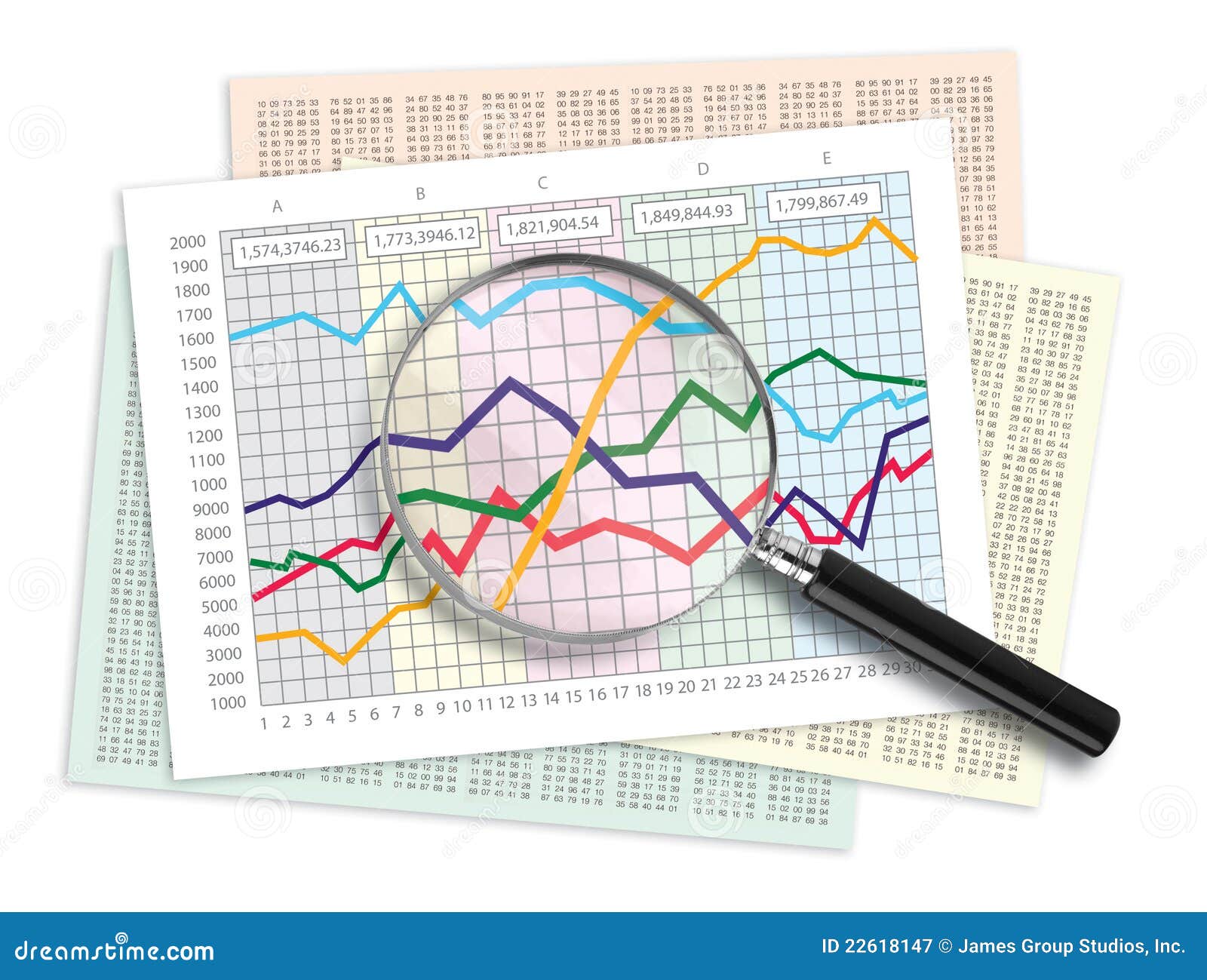


Prepare the data set to be used as the basis for analysis.

If you are an analyst charged with a data mining exercise, ensure the following steps are followed at the minimum:ĭefine the goal and extent of the data mining exercise. Predictive: This approach involves the use of techniques such as regression to show the probability of an event occurring in the future. An example here is identifying the attributes of the most successful suppliers within a region. The BABOK guide highlights 3 variants of data mining outcomes:ĭescriptive: This involves the use of clustering to display patterns within a set of data, for example, similarities between suppliers can be displayed visually.ĭiagnostic: With this approach, techniques such as decision trees and segmentation can be employed to show why a pattern or relationship exists within the data set. The main challenge with data mining usually lies in securing the right type, volume and quality of data that is necessary to draw insights. It may involve the use of dashboards and reports that facilitate visual communication of results. It involves examining large volumes of data from varying viewpoints and summarising the data so that useful patterns and connections can be established. Data mining is particularly useful for revealing hidden patterns and providing insights during analysis, for example, understanding how many people will be impacted by specific changes. Data mining can be described as the process of improving decision-making by identifying useful patterns and insights from data.


 0 kommentar(er)
0 kommentar(er)
